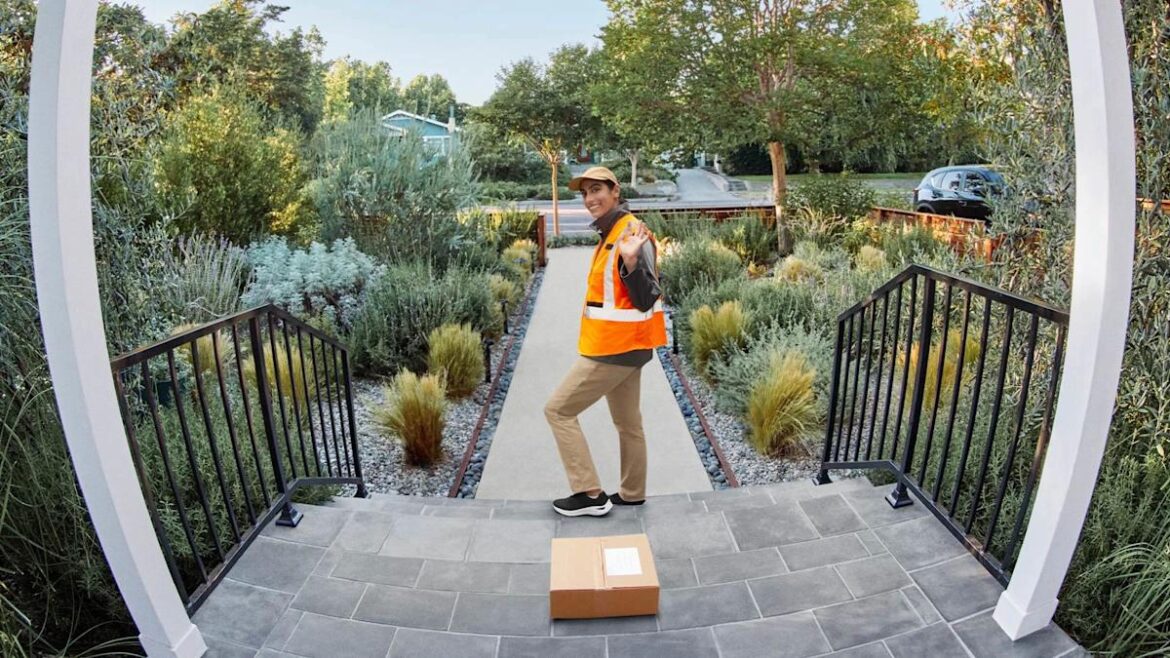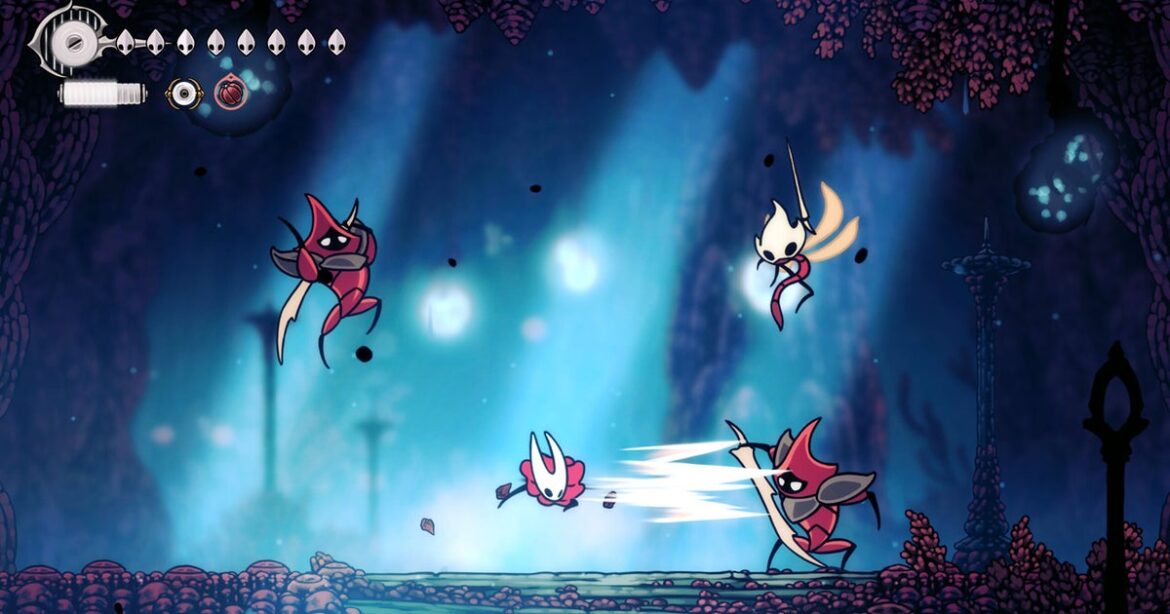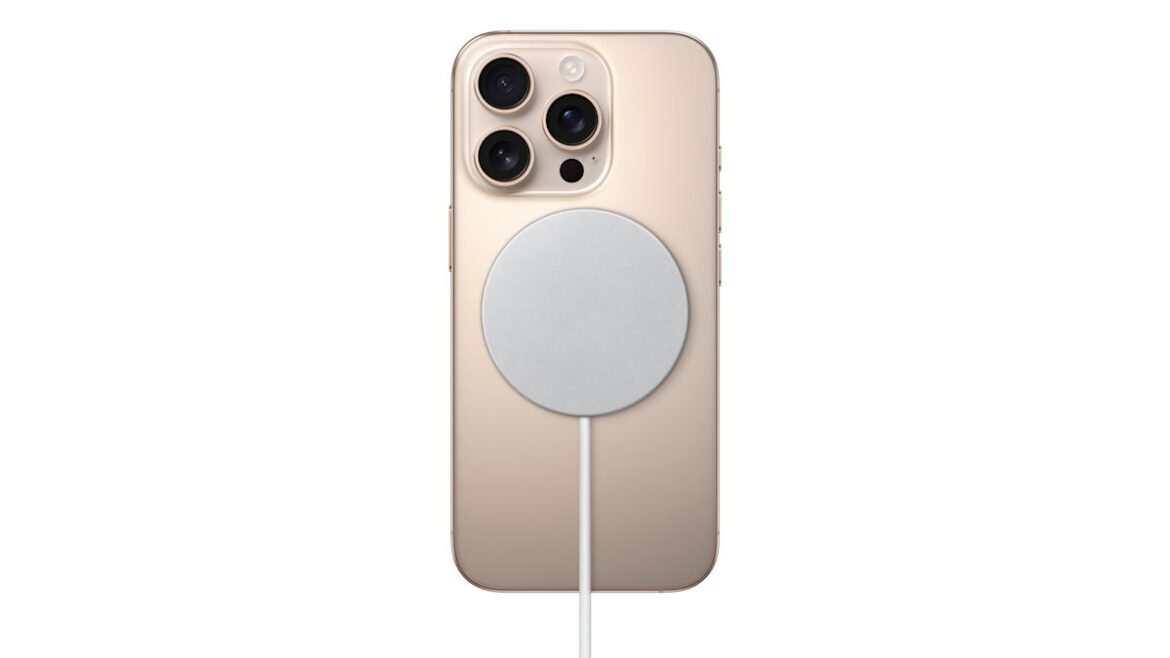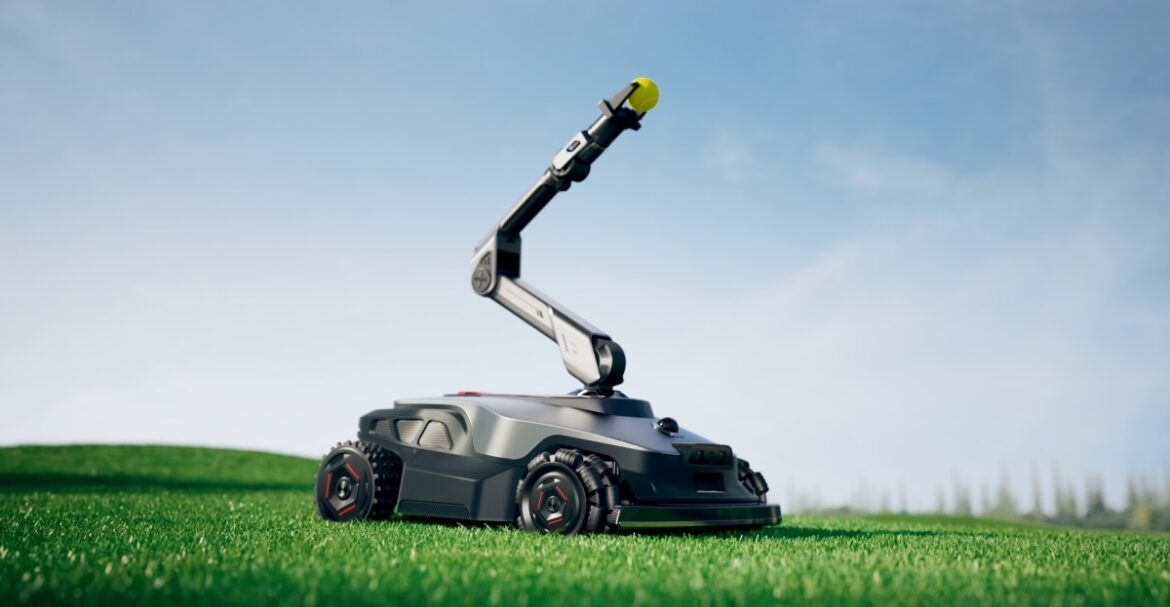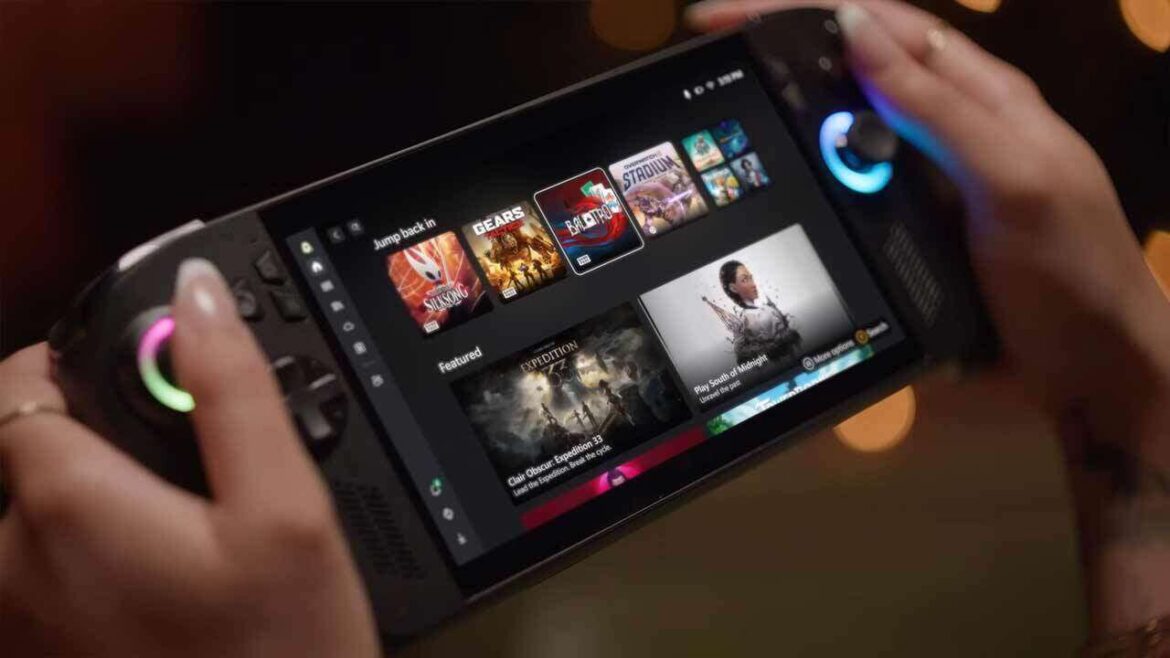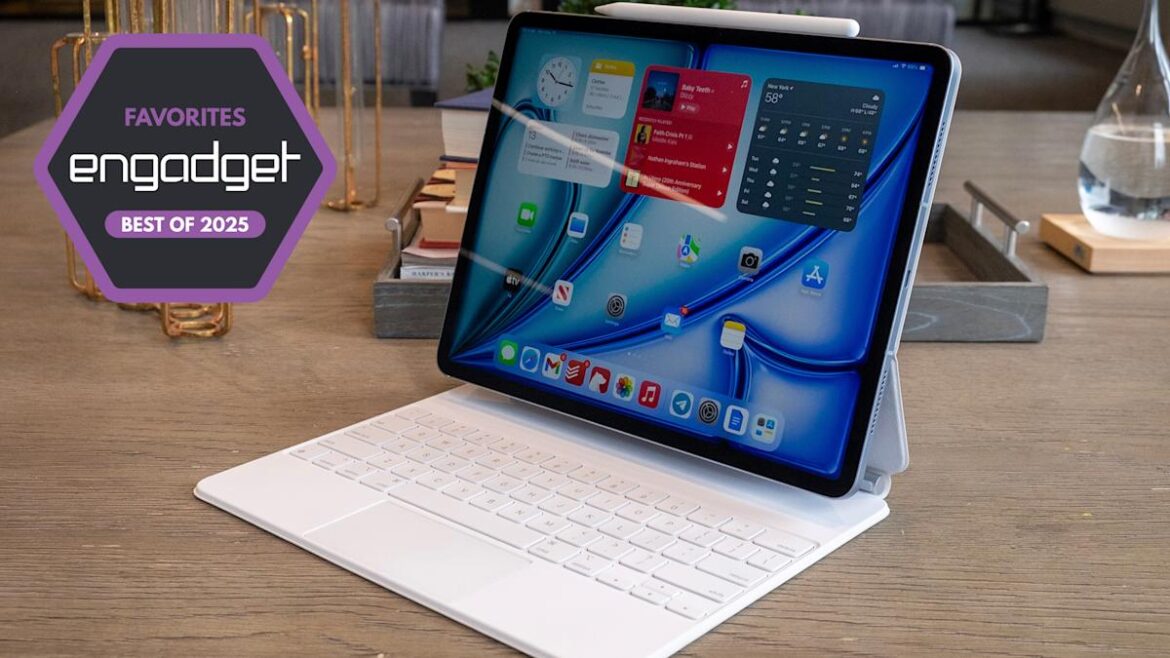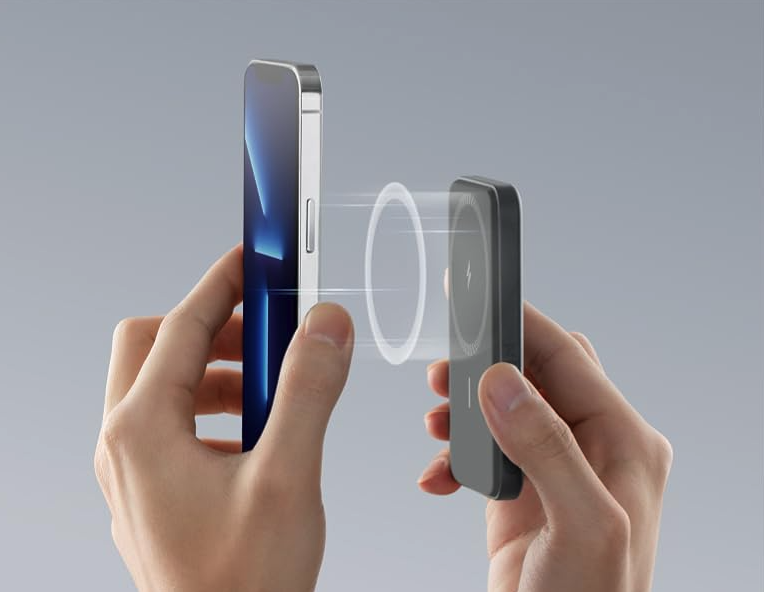The acting chairman of the Federal Deposit Insurance Bureau, Travis Hill, has been nominated by President Donald Trump to take over the role more permanently, which would elevate an official who has leaned hard against the trend of debanking that plagued crypto insiders and their businesses.
Hill, a former staffer at the Senate Banking Committee, has sought to rethink the banking regulator’s previous resistance to crypto banking and has opposed any past FDIC connection to debanking customers from industries — such as the digital assets sector — that banks may consider risky.
As with other financial agencies, the administration hasn’t raced to fill board vacancies at the FDIC, leaving Hill alone among the dedicated directors, though the chiefs of the Office of the Comptroller of the Currency and the Consumer Financial Protection Bureau have automatic spots on the five-member board. Hill will need to be confirmed by the Senate before he can take on the chairmanship officially.
The Trump administration has been slow to install some of the key leaders at its financial regulators, including those with the most potential authority over crypto matters, such as the Commodity Futures Trading Commission. But even the agencies under temporary management have been pushing a pro-crypto agenda as Trump continues to hold the industry in favor.
The FDIC was at the center of the industry’s banking crisis, and a Freedom of Information Act campaign conducted by Coinbase revealed a trove of letters from the regulator to banks cautioning them against doing crypto business. After Hill arrived at the agency, he unveiled more of those communications.
In March, Hill’s FDIC reversed an earlier policy that required bankers to get prior government approval before taking on new crypto activities.
Read More: White House Withdraws Pro-Crypto Brian Quintenz’s Name From CFTC Chair Nomination


